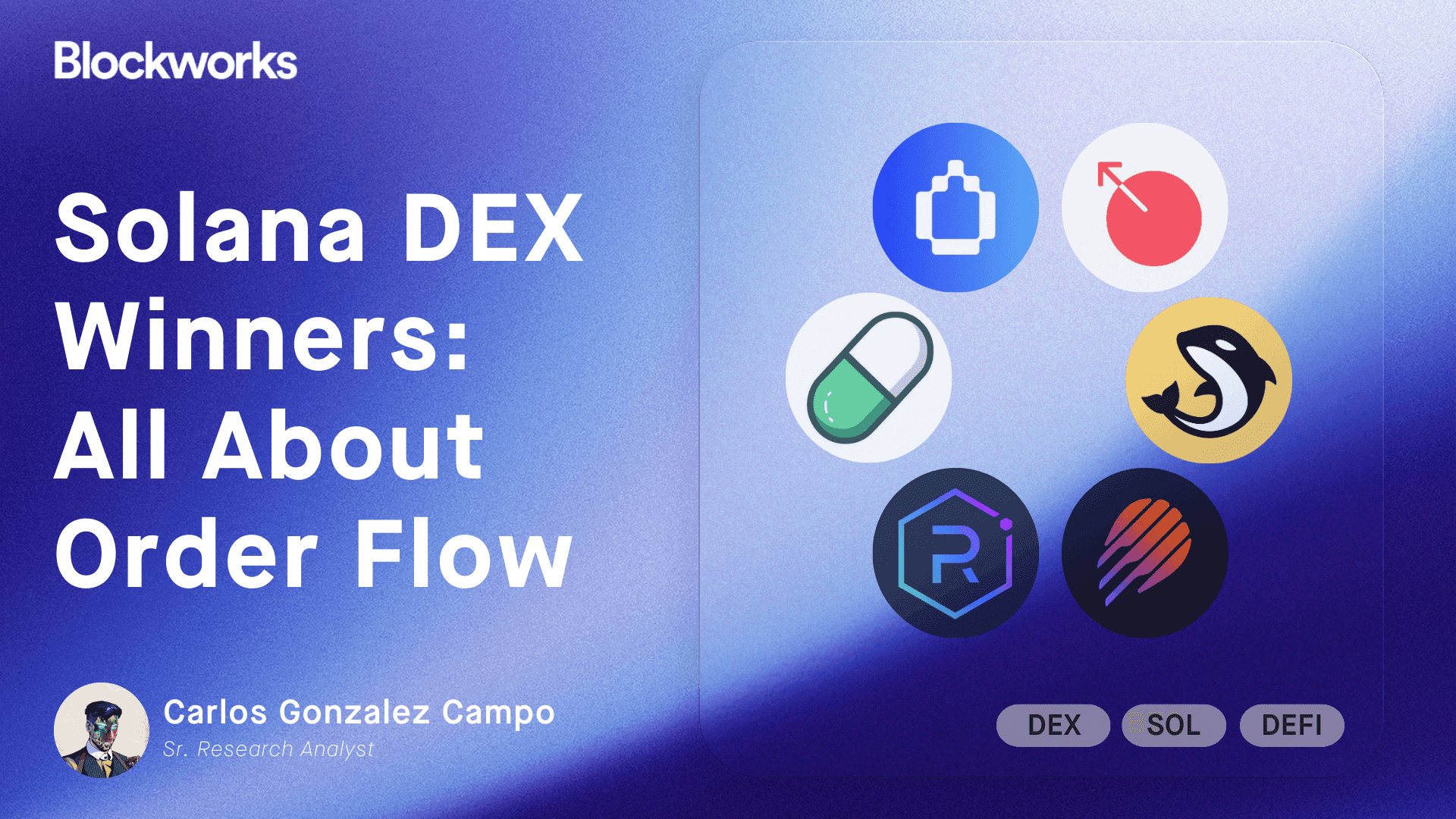Stablecoin infrastructure platform M^0 expands to Solana
M^0’s first Solana user will be a platform offering banking-like services with stablecoins

M^0 and Adobe stock modified by Blockworks
This is a segment from the Lightspeed newsletter. To read full editions, subscribe.
M^0, an EVM protocol for stablecoin coordination, has expanded to Solana, the team told Lightspeed exclusively.
M^0’s (pronounced Em-Zero) first Solana user will be Kast, a platform offering banking-like services with stablecoins. The move comes as various and sundry actors bring new stablecoins to market, and M^0 hopes to unify the increasingly fragmented sector.
At a basic level, M^0 offers a stablecoin “building block” called $M — a kind of vanilla stable backed by US T-bills. Clients who want to launch their stablecoin effectively wrap $M and can customize things like yield or custody.
$M’s first user was the Cosmos ecosystem app Noble, which made use of the infrastructure when launching the yield-bearing USDN stablecoin. It also paired with RWA stablecoin outfit Usual to launch UsualM.
M^0’s latest partner in Kast plans to offer two Solana stablecoins: a payments and a savings one. The tokens, the names of which have not been finalized, will eventually be able to be swapped for other $M stablecoins on Solana and bridged to other ecosystems via Wormhole.
To my mind, the M^0 model sounds a bit like white label stablecoins — a concept Kast has also made use of through its Solana validator partnership with Kiln. And white label stablecoins make a lot of sense, given how everyone from the Wyoming state government to President Trump-backed World Liberty Financial wants to have a stablecoin.
In an interview, M^0 chief strategy officer Joao Reginatto said “a couple of other companies” will be leveraging $M to build stablecoins on Solana.
But despite all the buzz, the stablecoin landscape remains pretty duopolistic. 76% of all stablecoins on Solana are Circle’s USDC, and another 18% are Tether’s USDT, according to DeFiLlama. M^0’s clients will hope to unseat Circle — and Solana might hope one of them can do so.
Among Solana’s chief competitors is Base, which is operated by Coinbase, the latter of which has a revenue sharing agreement with Circle.
“Solana perhaps doesn’t see with very good eyes the widespread use of USDC on Solana” given how some of USDC’s revenue filters back down to Coinbase, Reginatto said.
Get the news in your inbox. Explore Blockworks newsletters:
- The Breakdown: Decoding crypto and the markets. Daily.
- 0xResearch: Alpha in your inbox. Think like an analyst.






